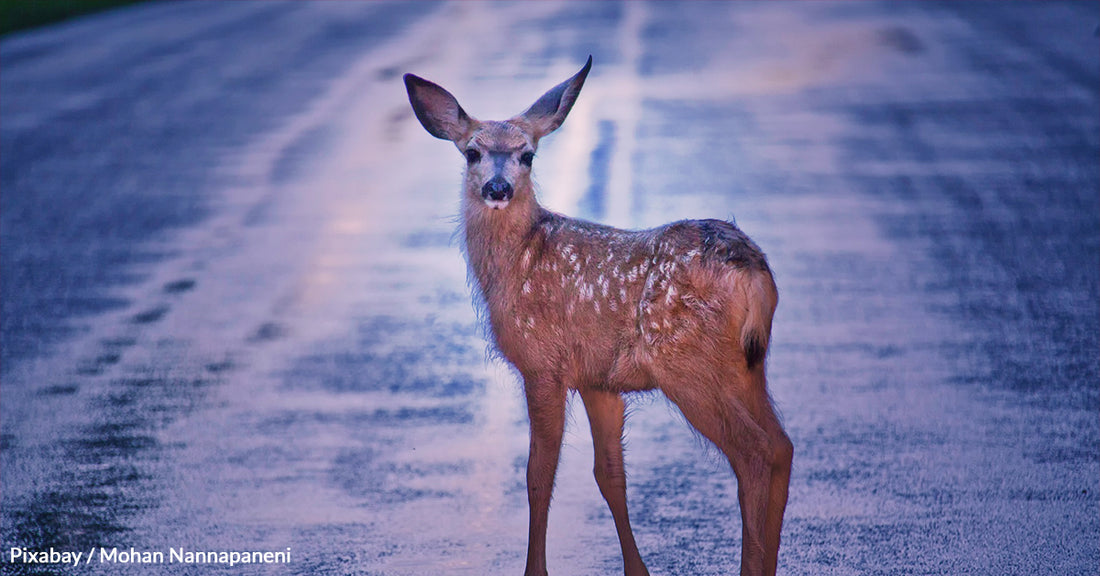Anatomy Can Be Blamed For Millions Of Deer-Car Accidents In The United States
Louise Peralta
There are roughly 1.9 million deer-related vehicular accidents that happen in the U.S. each year.
Insurance companies claim that more than $1 billion in annual insured losses are because of damages caused by deer-car accidents.
While many other animals are involved in vehicle collisions, most of them involve deer, and some accidents were fatal.
One study estimated that deer were involved in more than 90% of animal-vehicle collisions during 1994-2021; this data involved 23 states. The state with the highest risk is West Virginia, where 1 in 27 individuals will encounter a collision with a deer within the state, while the state with the lowest risk is Washington, D.C., where only 1 in 816 individuals are said to encounter a deer-car accident.
What makes deer such a high-risk animal?
“Like a deer caught in the headlights.”
Have you ever heard of this expression? It’s believed that the original line originally involved a rabbit and the headlights of a train, not a deer and a car headlight, but the connotation stays the same.
Deers exposed to headlights are known to freeze in the middle of the road, as they’re unsure of what to do and get confused - some even run straight into the headlights for the same reason.
Headlights confuse deer because of their eyes.
Deer are crepuscular creatures, said deer biologist David Yancy, meaning that they’re most active during twilight – the period of time before sunrise and after sunset.
Because of this, deer eyes have evolved to be able to see in very low light. Scientists explained that deers have more rods than cones in their eyes; rods are light receptors, while cones are color detectors, and this means that they have superior night vision.
When a car’s bright headlights fall into a deer’s eyes, they become temporarily blinded and they need time for their eyes to adjust to that heightened level of brightness, thus rooting them to their spot.
Take for example – maybe you’ve already experienced this phenomenon before when you’re on your bed with all the lights off, yet you’re finding it hard to sleep - when you grab your phone but you forget to turn down the brightness and it stuns you for a bit. That’s because your pupils have dilated to accommodate the darkness.
That’s also what happens to deer eyes.
When a headlight beam strikes eyes that are fully dilated to capture as much light as possible, deer cannot see at all, and they freeze until the eyes can adjust. "They don’t know what to do, so they do nothing," Mr. Yancy suggested to the New York Times.
Deer-car accidents peak during the fall, though they still occur throughout the whole year. If you have any plans to travel in the twilight hours or anytime, especially during fall, always be cautious, and always pay attention while driving.





